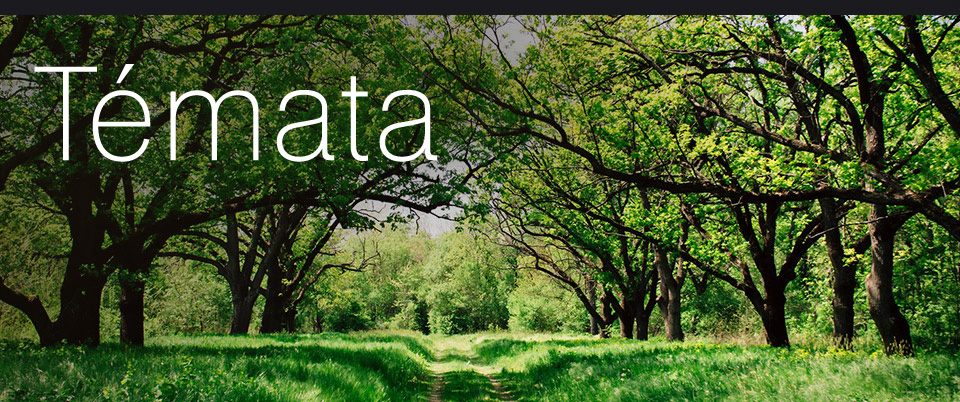Is there a Link between Age and Preferred Return Route?
Signal from Marko's transmitter has been detected after a long time. Three satellites captured 6 transmissions, yet the system was unable to determine his position even with the least accuracy.
We can guesstimate his current location based on the position of the satellites at the moment they captured the signals. The signals were quite strong, which suggests the satellites were most likely almost straight above him.
Notes: The images depict positions of the satellites at the moment they captured the signal. The red circles denote their maximum range. (The upper images show the trajectory of one satellite within the 5 minutes between capturing the first and the last signal, while the lower images show the other satellites.)
Even though some images may suggest that Marko is back in his nesting area in Central Mongolia, his position is more likely somewhere around the border in the south of Mongolia and the north of China. We hope that other location data emerge, if Marko appears in warmer areas where a higher temperature may revive the dying battery in his transmitter.
What about the storks that have been tracked since last year?
We have received interesting information about our new storks in India. The young stork moved a little westward, approximately to the area where I captured it in December. The adult bird flew around 400 km to the northeast on April 16, to find itself between Bhopal and Indore, some 30 km from the 2003/4 and 2004/5 wintering grounds of Altynai, which nested at river Ob in Siberia. Will our new storks eventually fly there as well?


